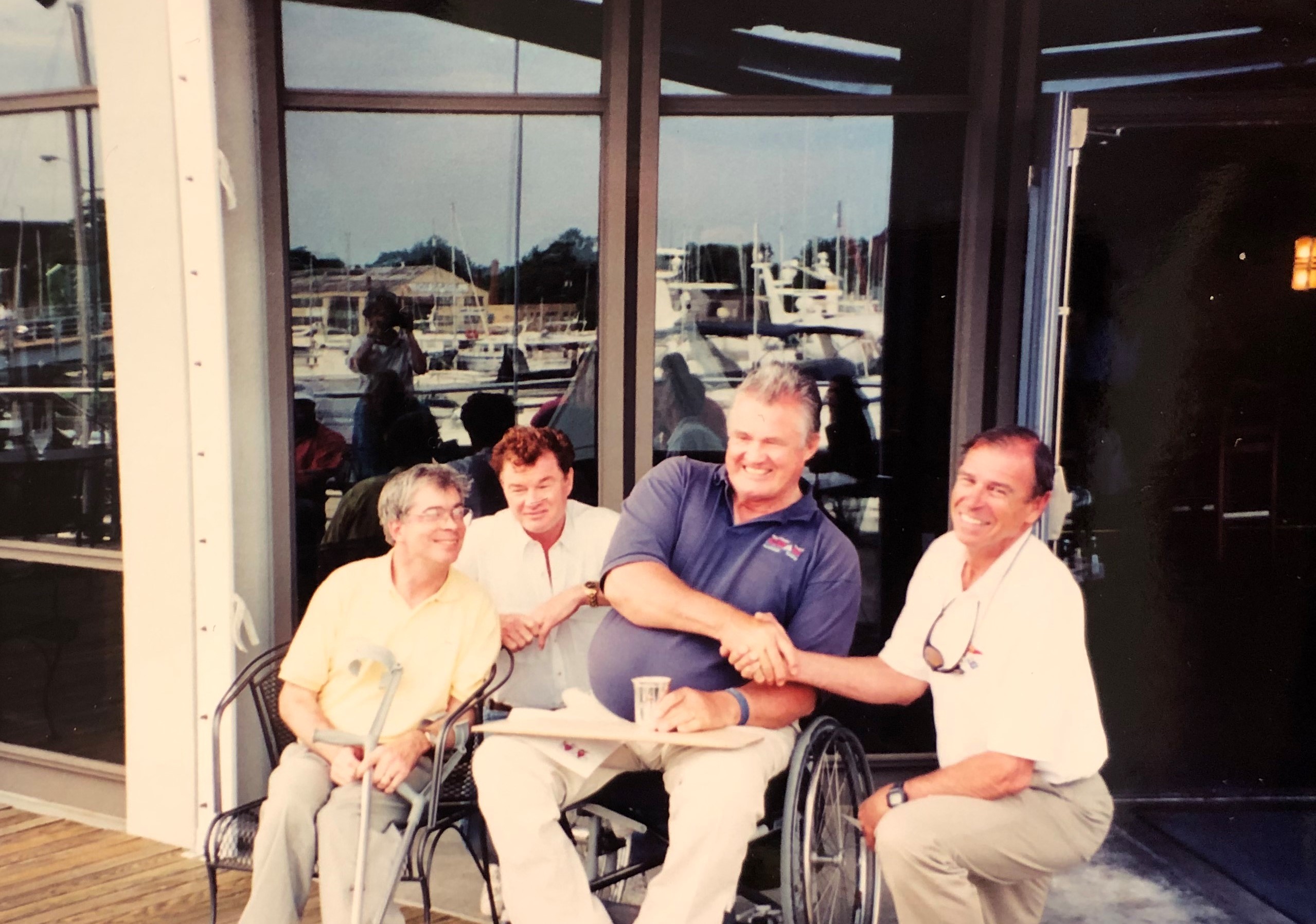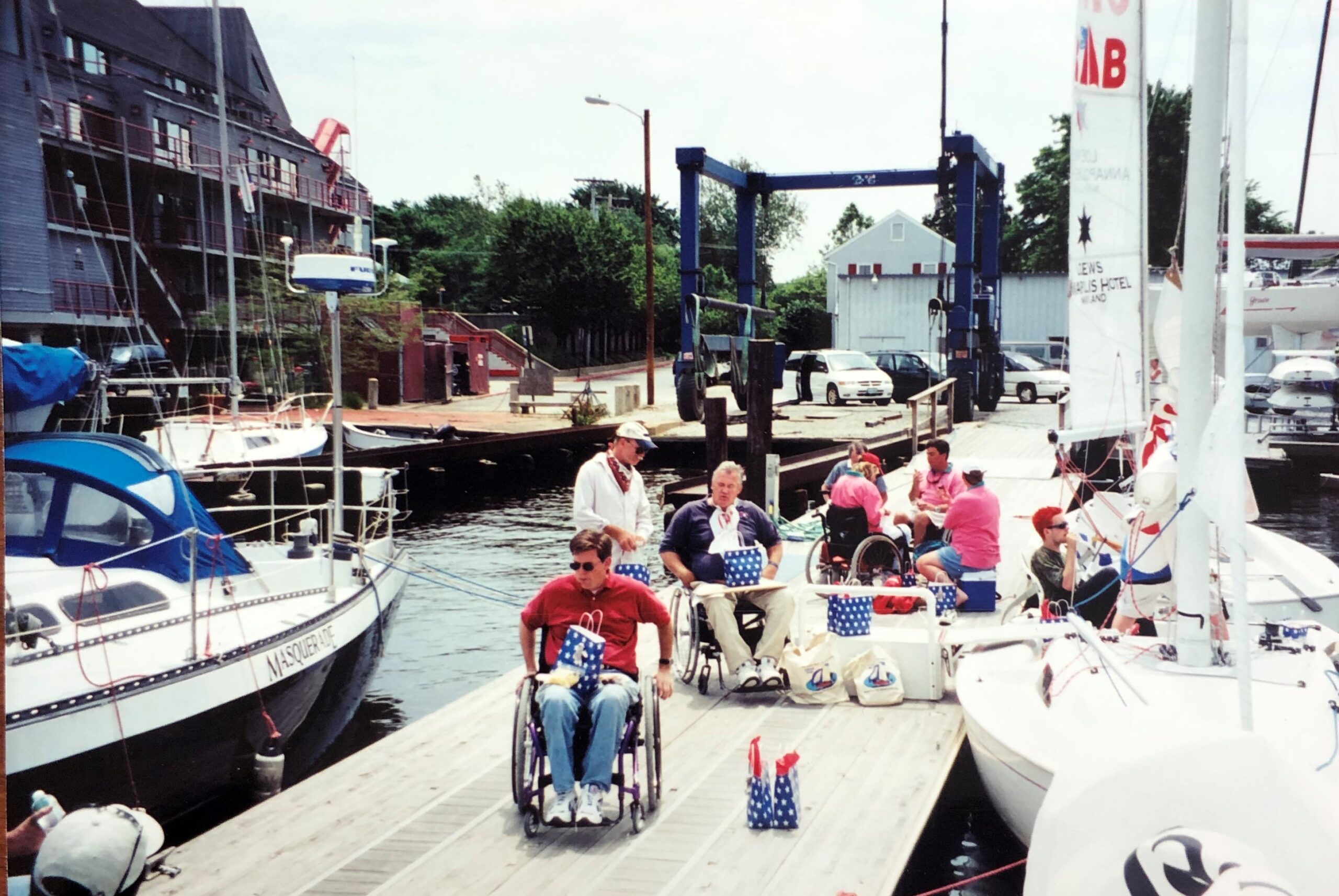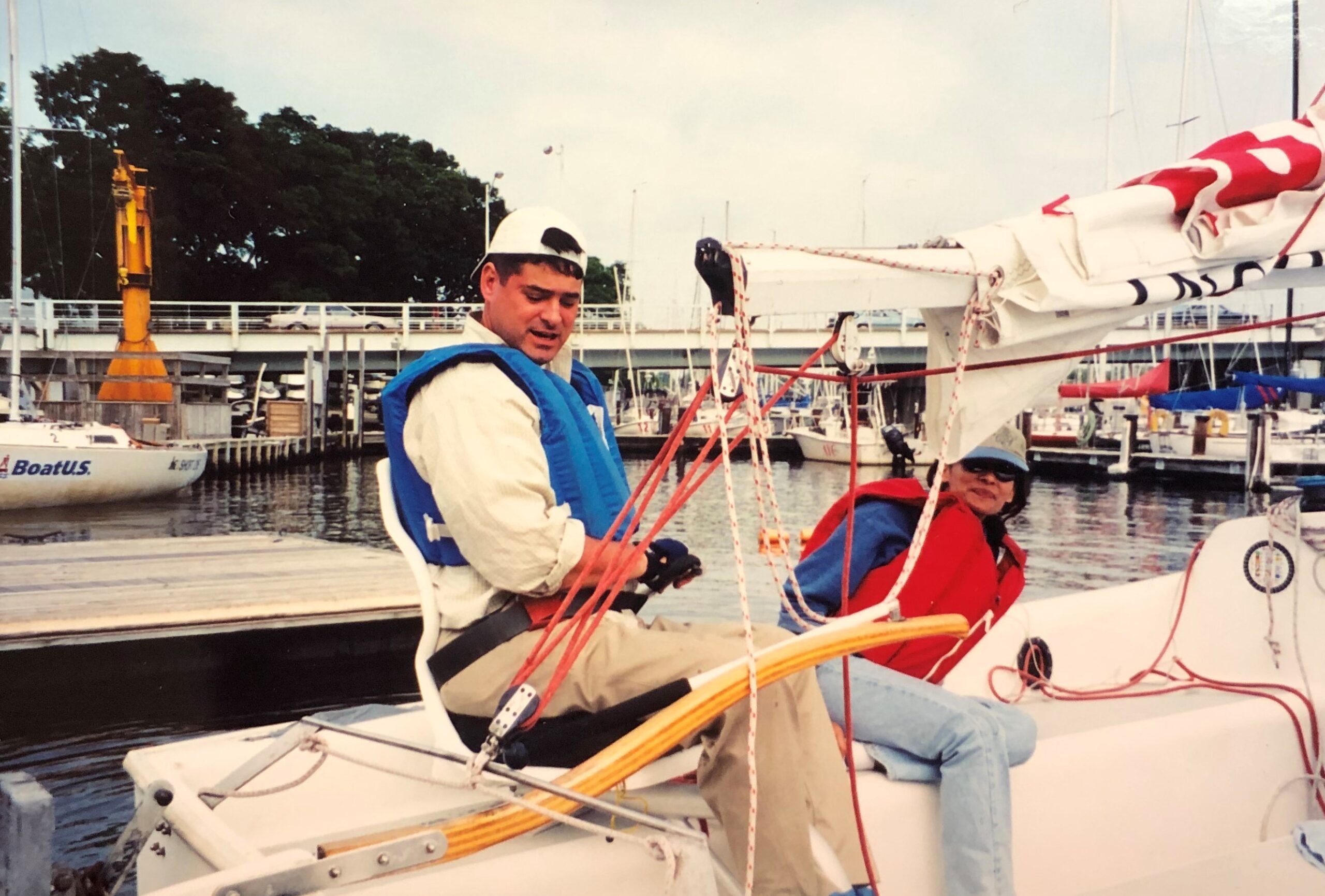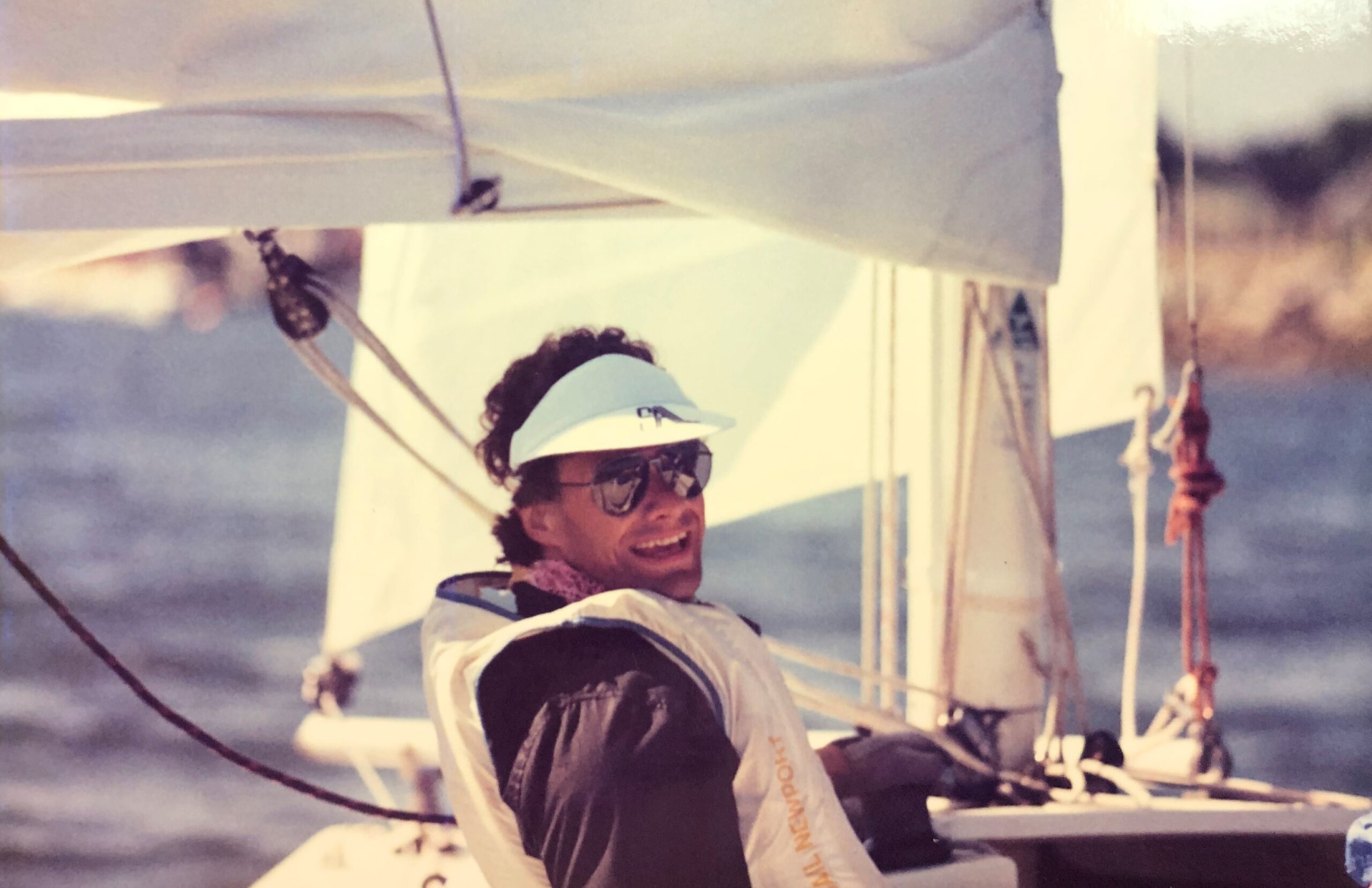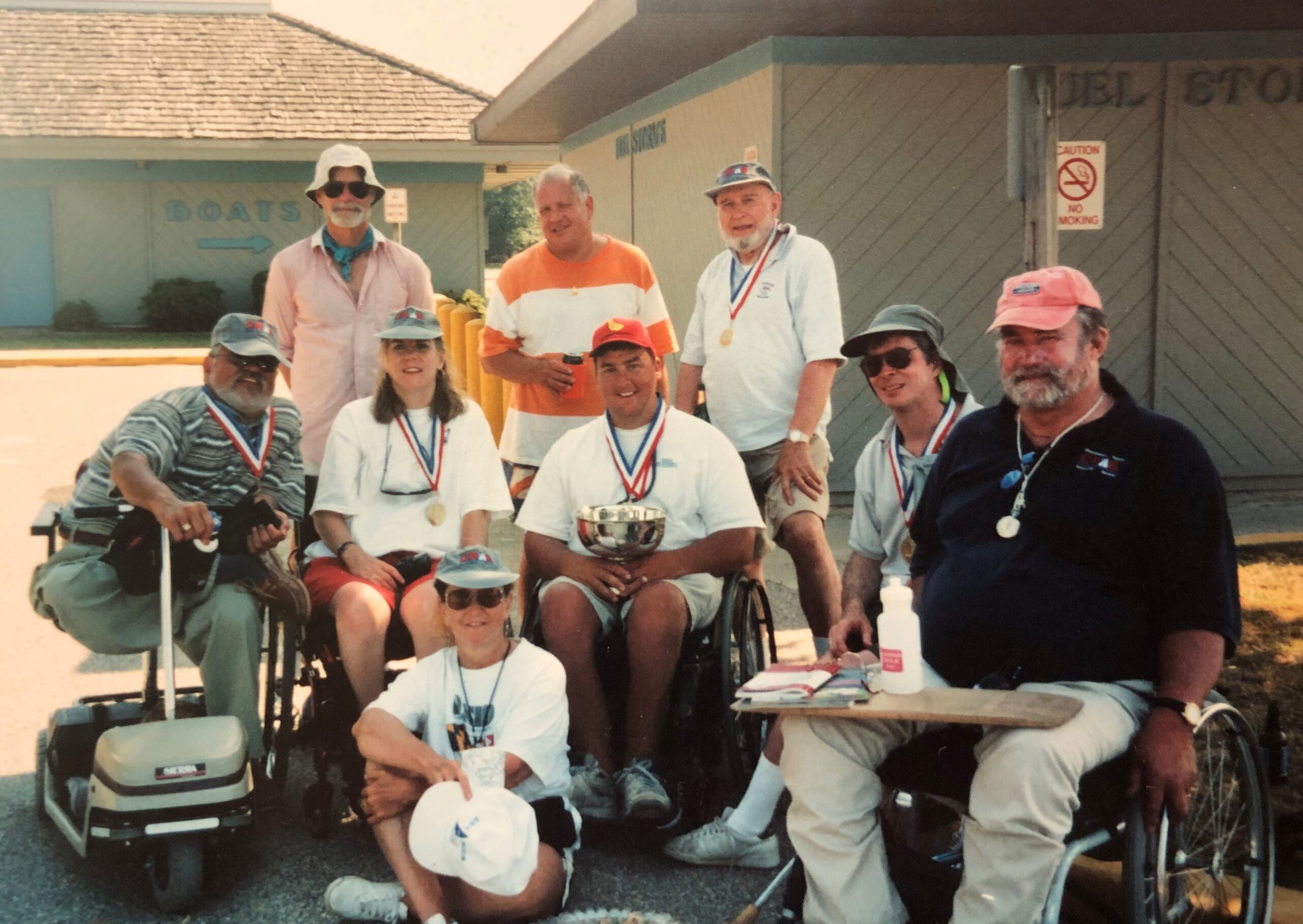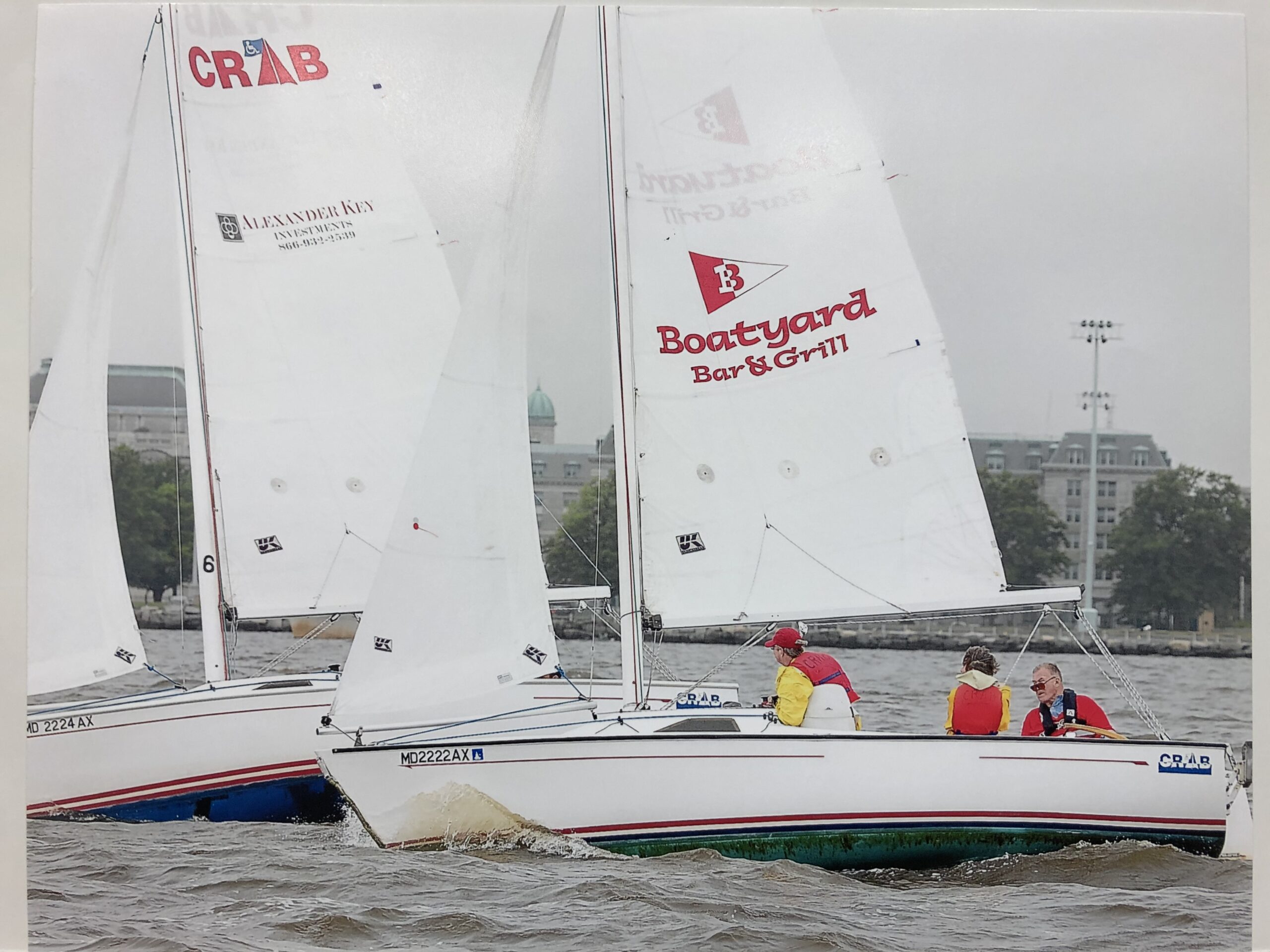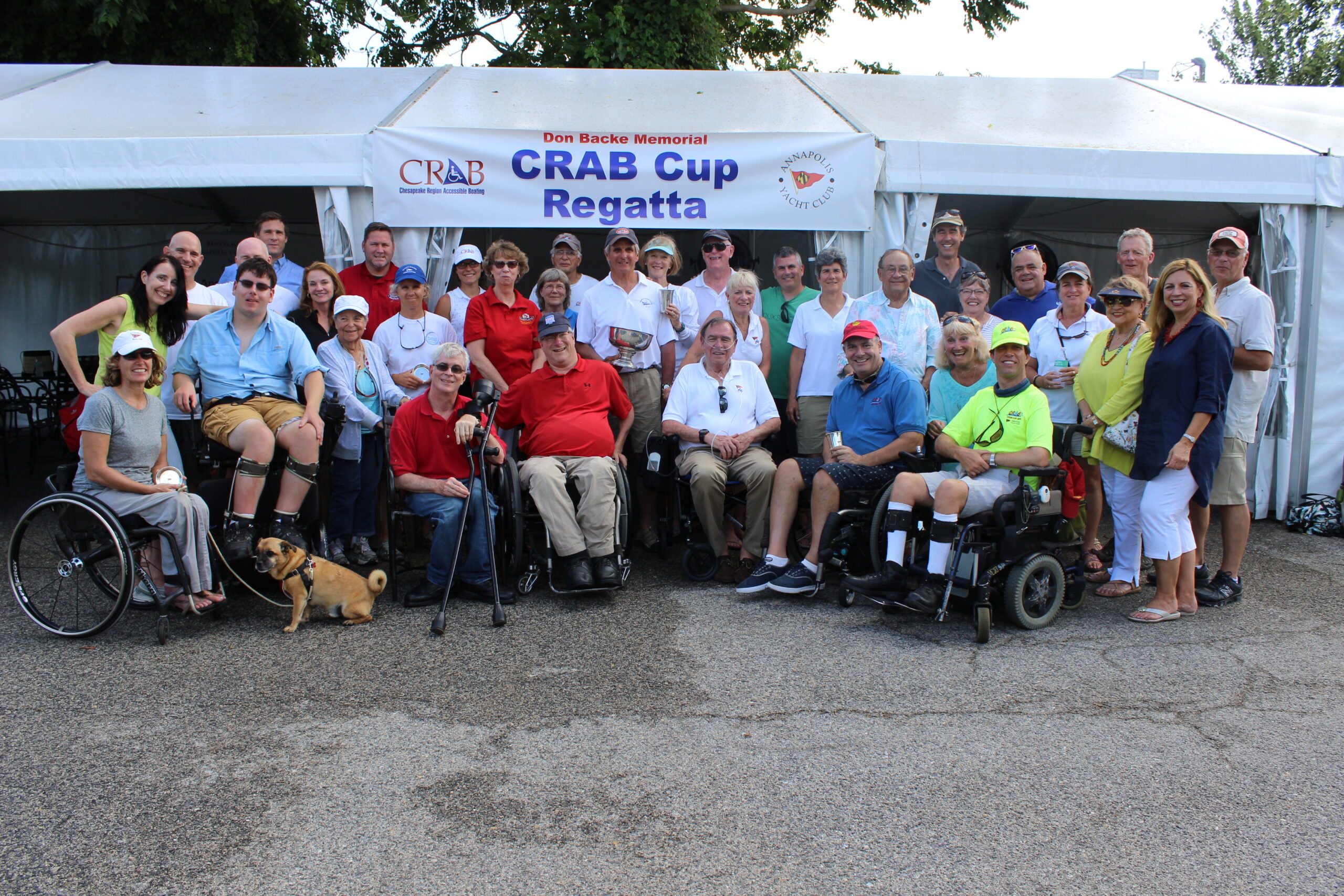Our Story
Chesapeake Region Accessible Boating has been providing meaningful recreation for people with disabilities for more than 30 years.
Our History
Chesapeake Region Accessible Boating (CRAB) was founded on the principle that people with disabilities can and should be able to live fulfilling and joyful lives and have equitable access to meaningful therapeutic recreation.
Bringing Quality to Life One Sail at a Time for Over 3 Decades.
Chesapeake Region Accessible Boating (CRAB) was founded on the principle that
people with disabilities can and should be able to live fulfilling and joyful lives
and have equitable access to meaningful outdoor therapeutic recreation on the Chesapeake Bay.
In1989, Annapolis resident Don Backe was in a serious car accident that left him paralyzed in his 50’s. After months of painful rehabilitation, Don realized he would not regain any more of his mobility and would remain in a wheelchair. Don thought he would no longer be able to sail, a sport he loved his entire life. Realizing that recovery meant more than mobility, Don’s friends and supporters sprang into action and devised a system to lower him with ropes on to his sailboat. Having reexperienced the thrill of sailing again, Don knew he would dedicate the rest of his life to helping other people with disabilities to access therapeutic sailing. It was 1991 and CRAB was born.
From this simple beginning, over 30 years ago, thousands of people with disabilities have been able to benefit from free therapeutic sailing in a safe and enjoyable environment. Volunteers play a critical role in delivering CRAB programs and both skippers and crew are trained to provide sailing instruction “The CRAB Way” to ensure the safety and comfort of all guests.
From 1991 until 2022, CRAB’s sailing program operated from Sandy Point State Park with the support of the State of Maryland Department of Natural Resources. As the park became the busiest in the State and CRAB’s sailing programs and fleet grew in size, it was decided in 2017 that CRAB would look for a new home.
This monumental endeavor took life as CRAB found a marina in Annapolis that was willing to be acquired and would be perfect for its expanding sailing programs. The project was designed to be 100% accessible and sustainable from the very beginning. With the support of the State of Maryland, Anne Arundel County, and the City of Annapolis, the CRAB Annapolis Adaptive Boating Center started construction. The $3.1M of public funds granted for the project were matched and exceeded by the private funding raised by CRAB to complete the on time for the start of the 2023 sailing season.
The CRAB Adaptive Boating Center is now recognized as the premier facility in the world for people with disabilities to learn to sail or go boating. The Don Backe Learning Center in the Lawrence B. Taishoff Building has expanded CRAB’s therapeutic outreach to include programs teaching yoga, music and art throughout the year.
A Dream for the Future
CRAB’s vision of full inclusion is rooted in a deep commitment to increasing recreational opportunities for people with disabilities on the Chesapeake Bay. This effort is driven by the belief that everyone should have the opportunity to access the largest natural estuary in the nation and that personal growth and shared community experiences are essential to a higher quality of life for everyone within our community.
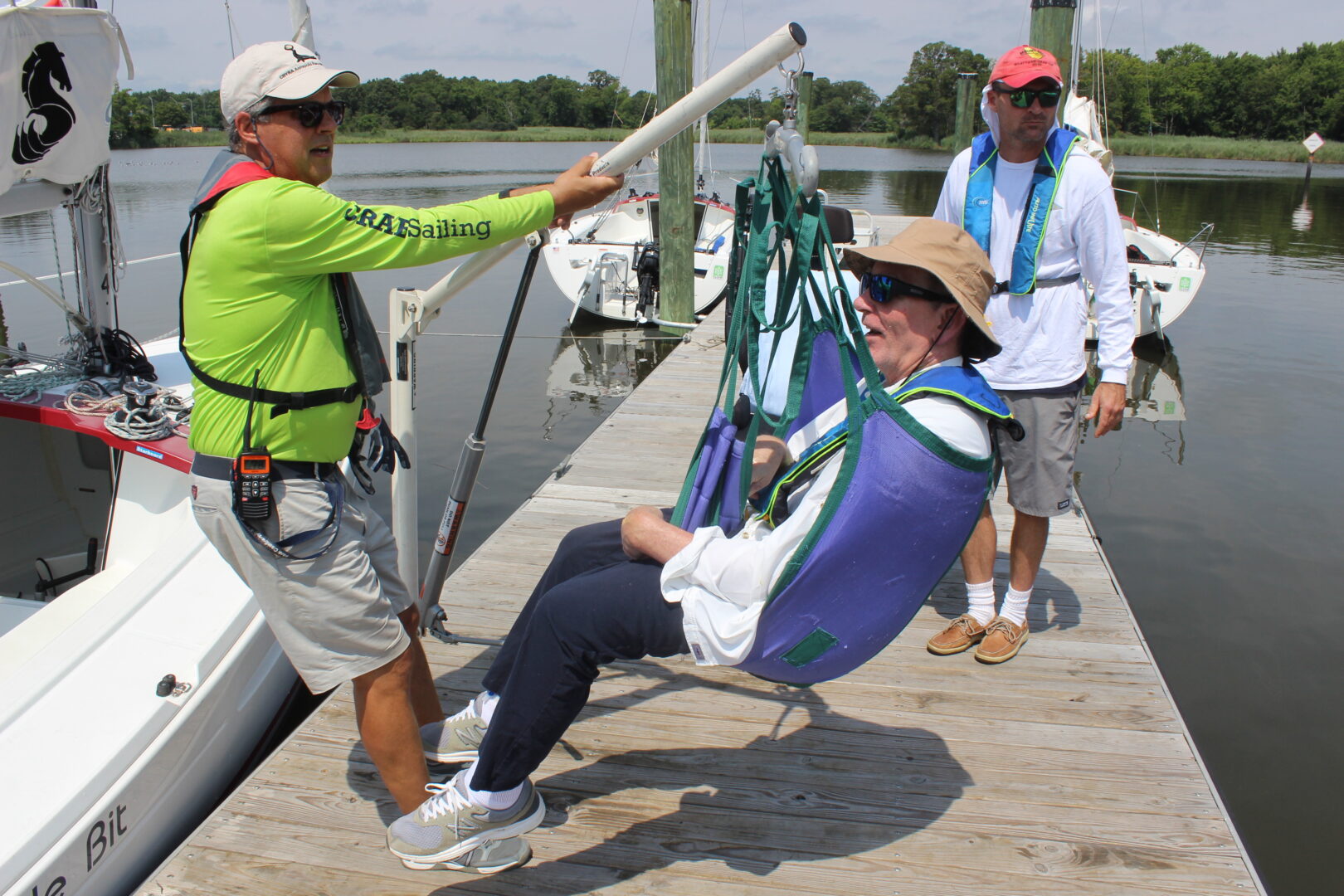
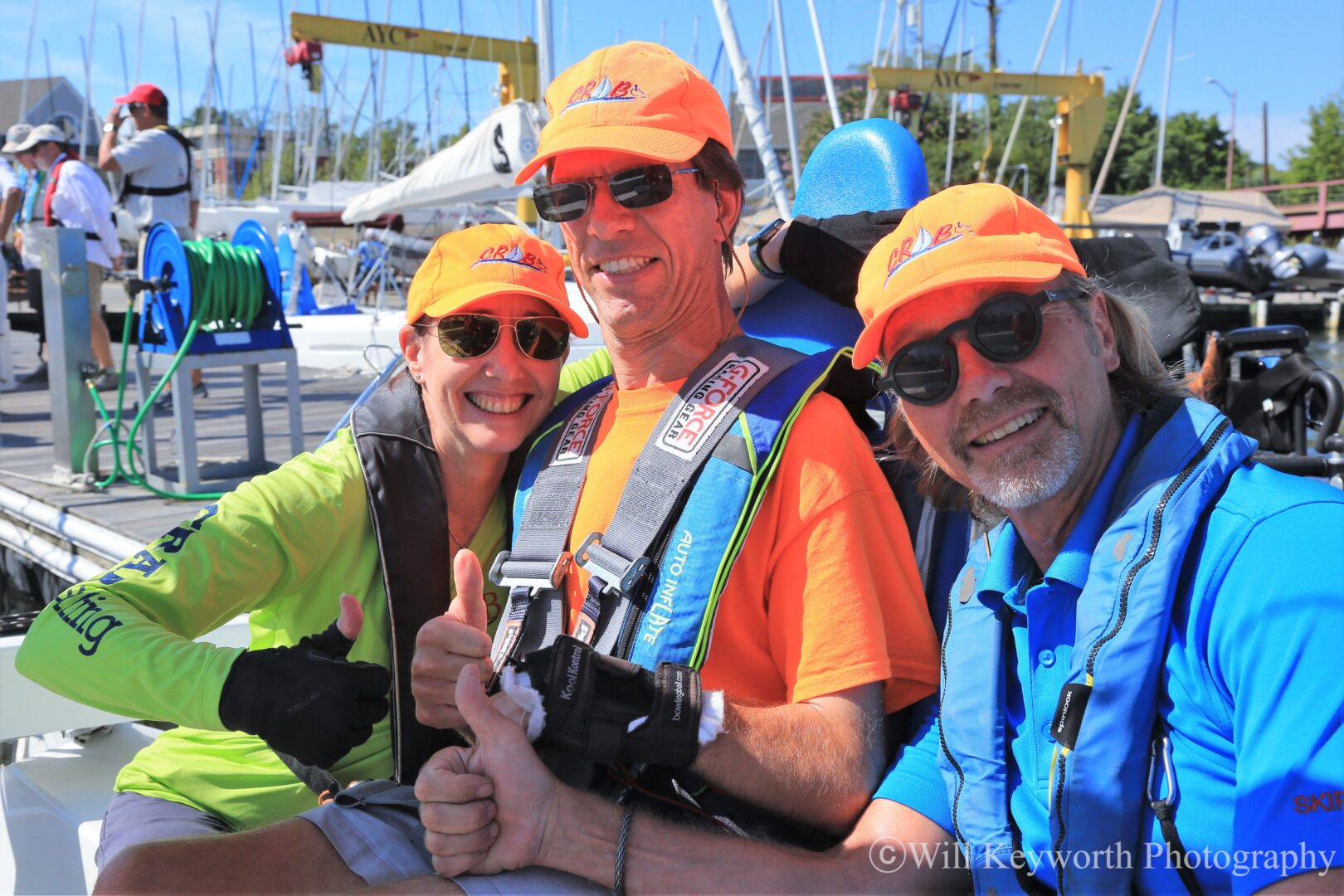
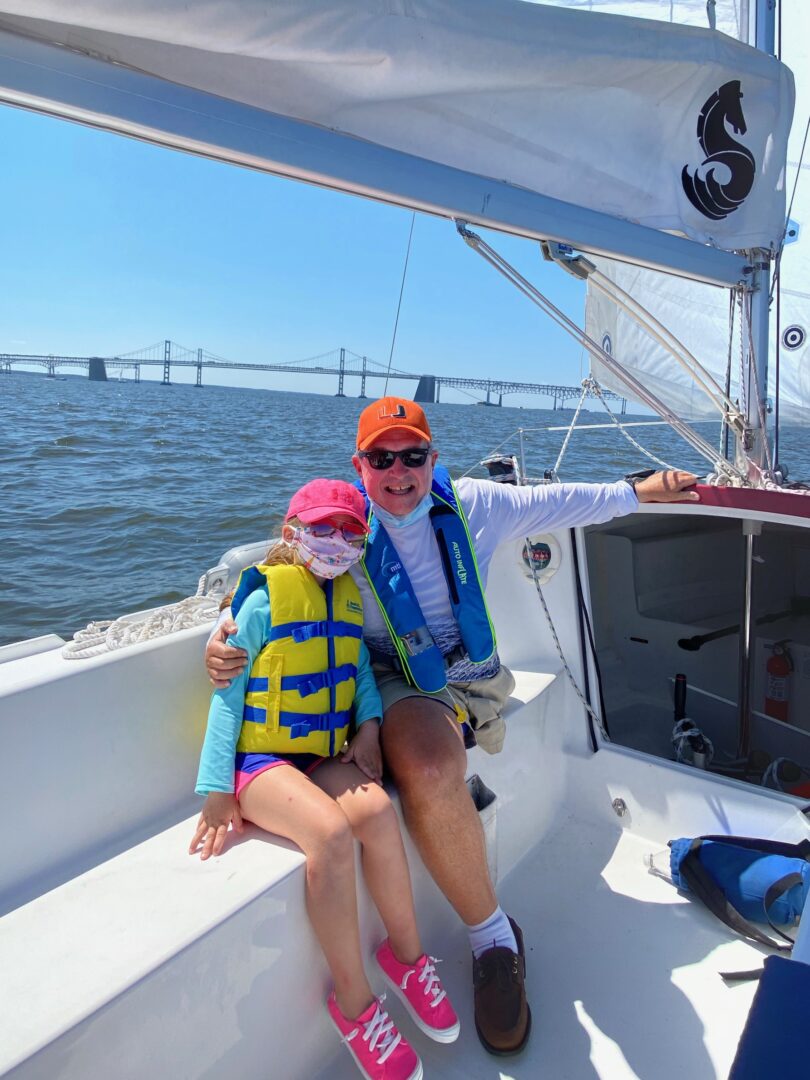
How to get started with CRAB
CRAB understands that trying something new can be overwhelming even in the best of circumstances. That is why CRAB strives to be a leader in boating innovation and accessible program delivery.
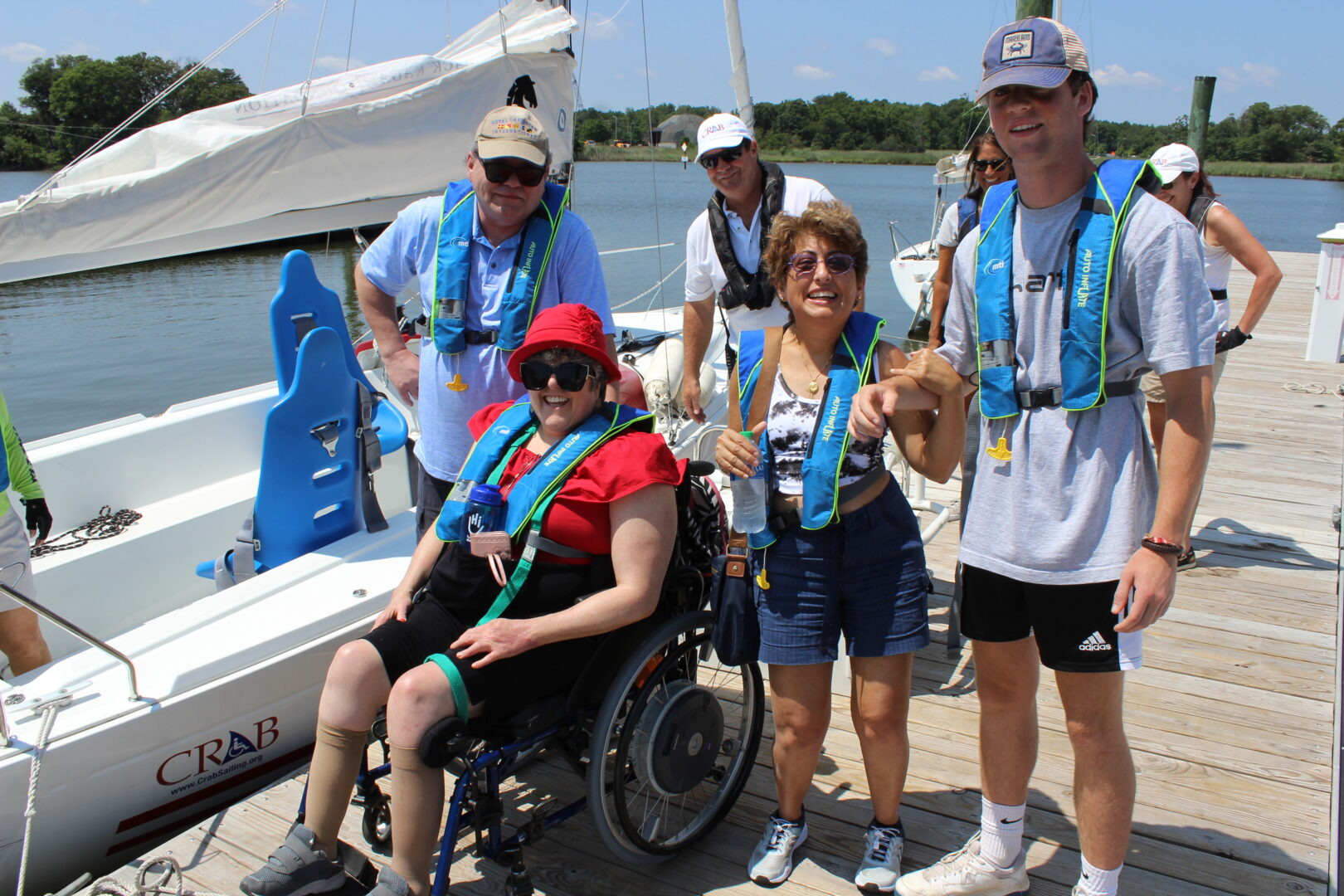
Step 1: Plan your experience
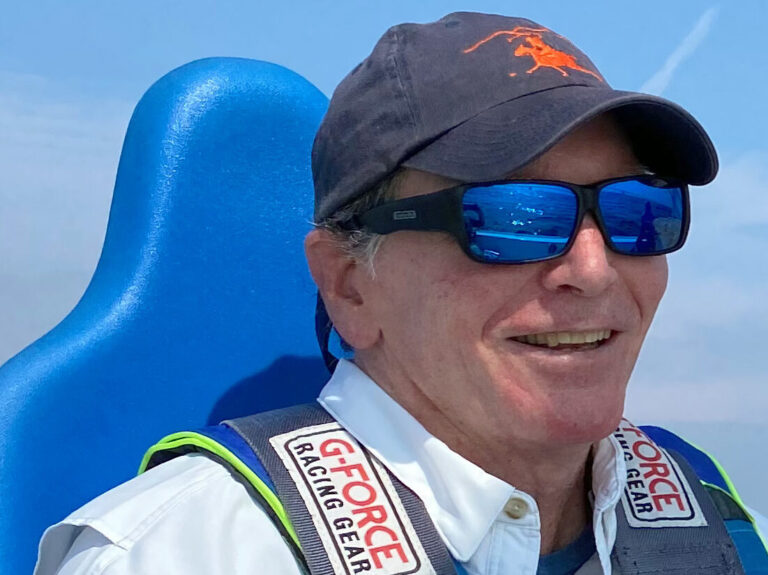
Step 2: Consider your comfort level
Learn about CRAB programs and decide what activity you are most interested in participating in first.
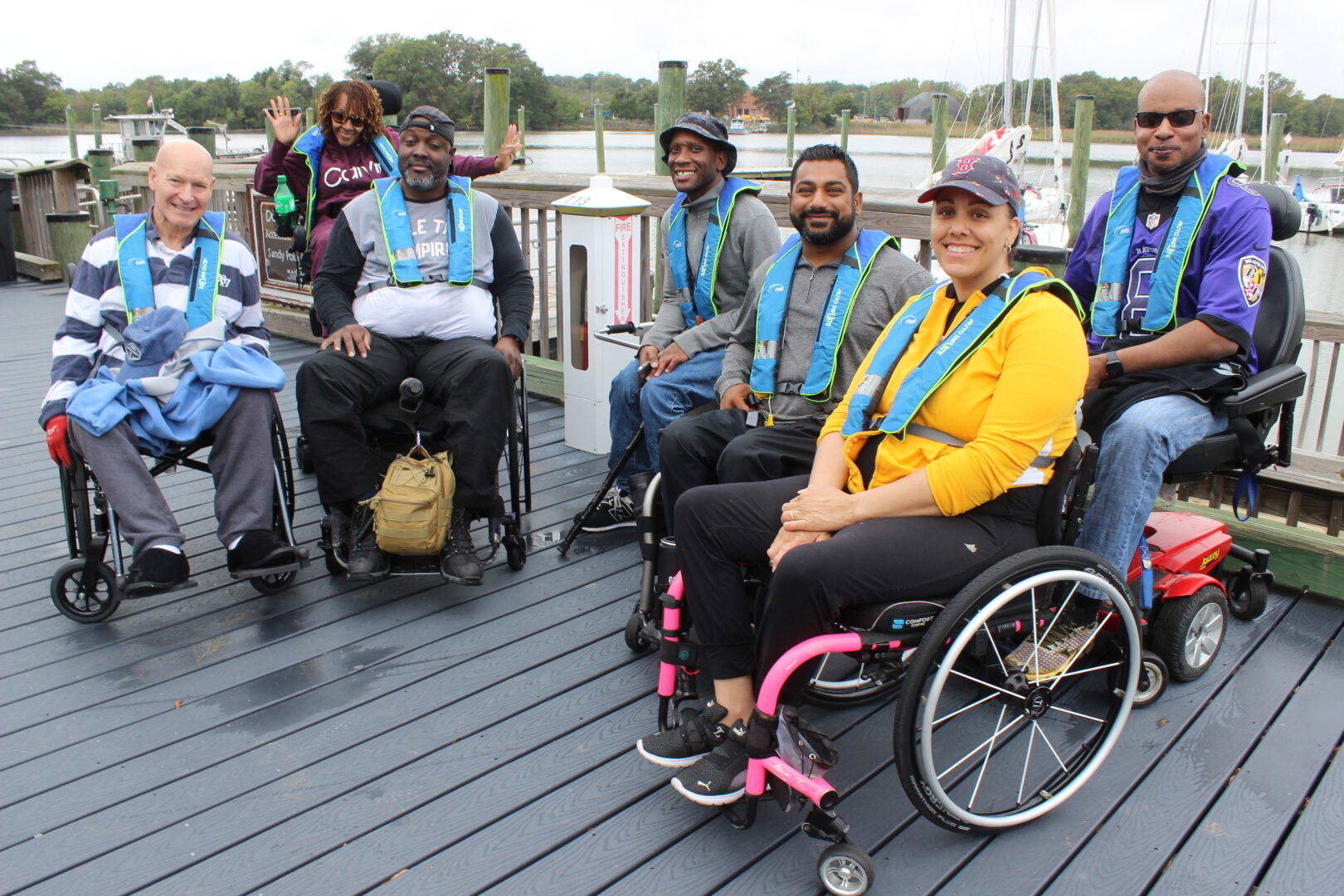
Step 3: Sign up
Sign up for one of our classroom or boating programs. Be sure to submit all documentation, such as registration and waivers.
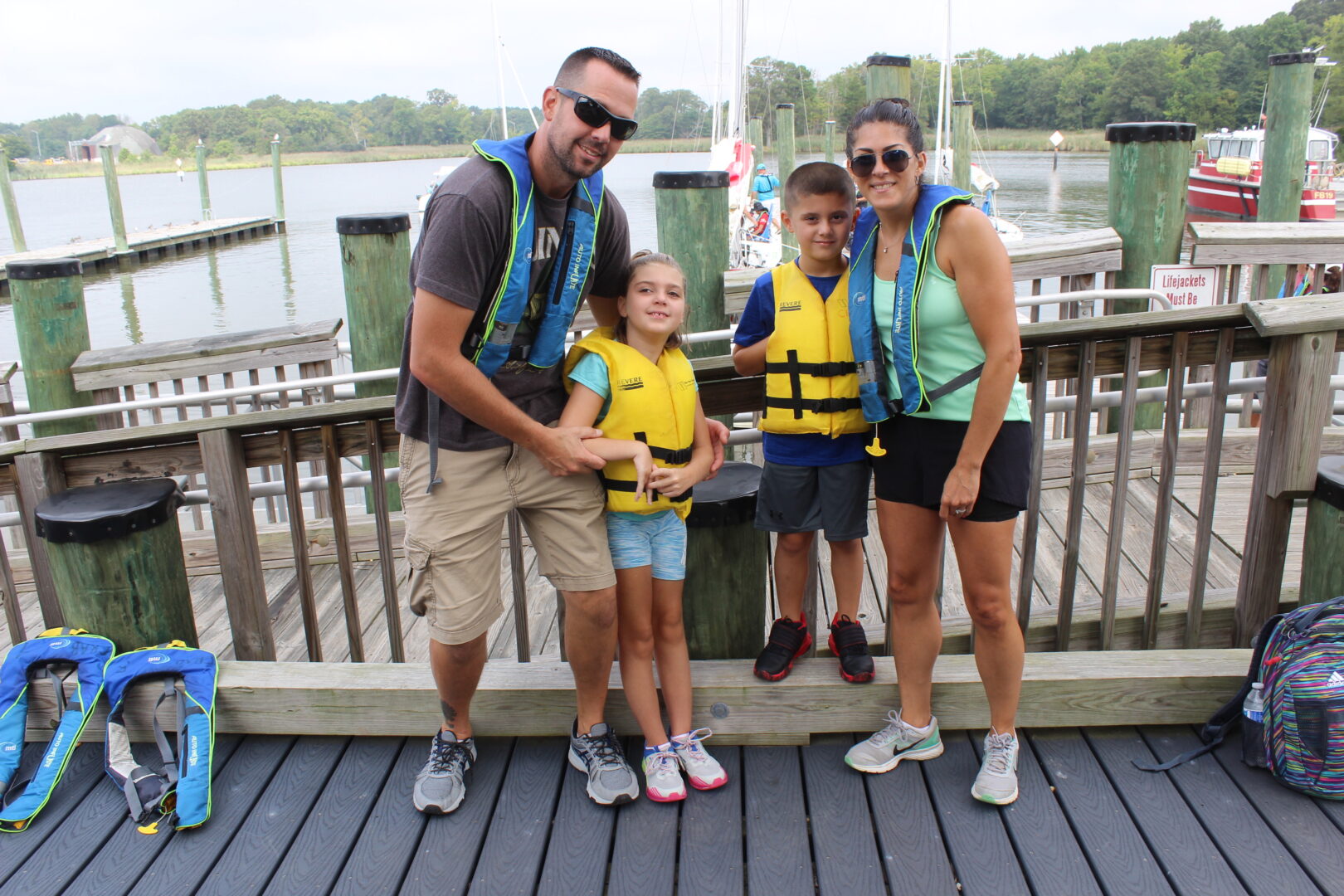
Step 4: Once you arrive
The new Adaptive Boating Center is a completely ADA compliant recreation space.
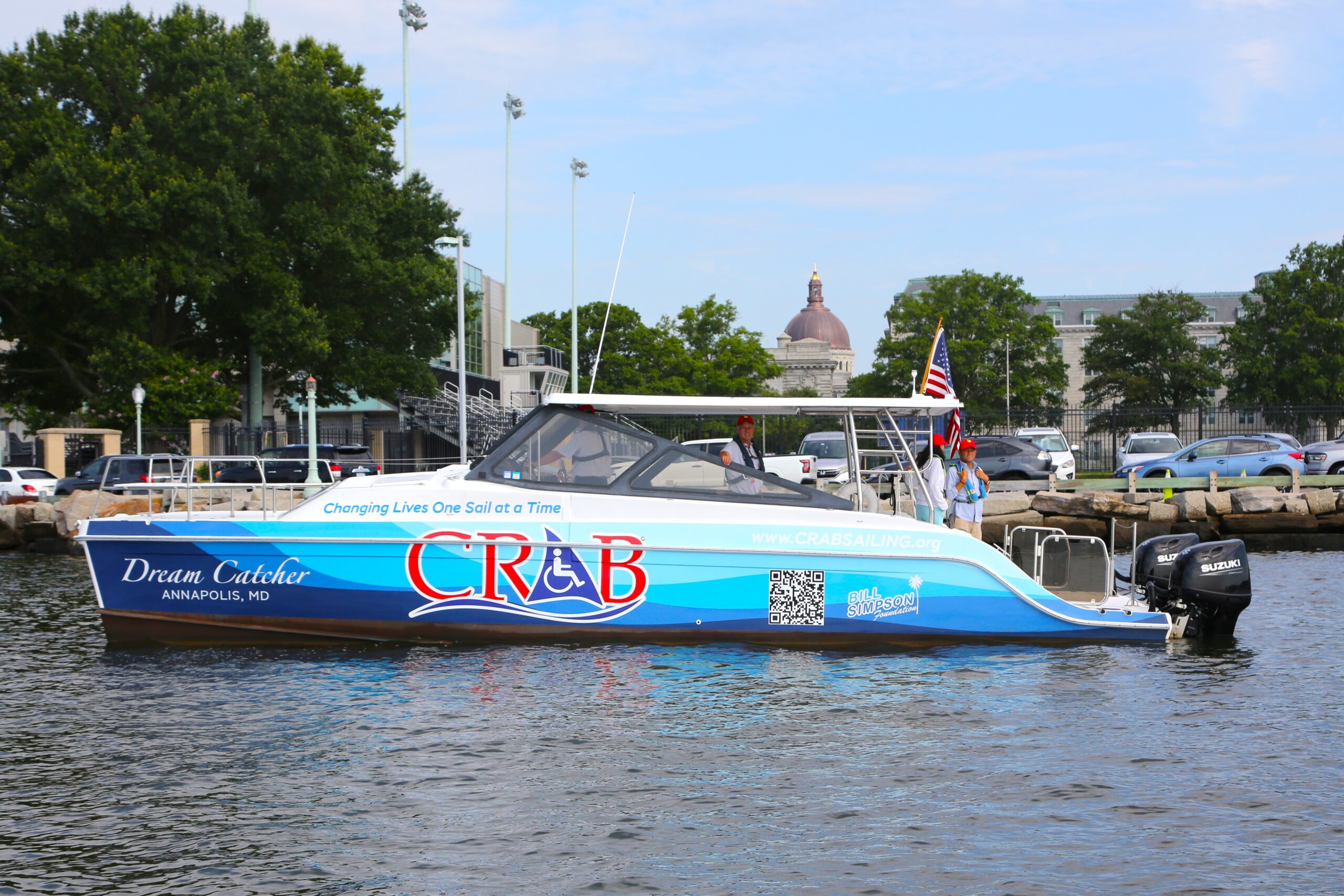
A look at the Fleet.
The CRAB fleet encompasses six adapted Beneteau First 22A’s designed specifically for mobility-impaired sailors. Participants with mobility needs board the boats using a transfer slide or Hoyer Lift and are secured in race car bucket seats with 4-point harness seatbelts. CRAB’s fleet allows for up to 18 guests and caregivers per sailing session. CRAB also offers a Martin 16 “sip-puff” sailboat for people with quadriplegia. In 2023, CRAB will introduce a new Gemini Power Catamaran that can accommodate up to five wheelchairs for excursions and adaptive fishing opportunities.
Meet our Crew

Paul “Bo” Bollinger
President & CEO

Rebecca Gonser
Vice President of Development

Gina Ricci
Manager of Programs

